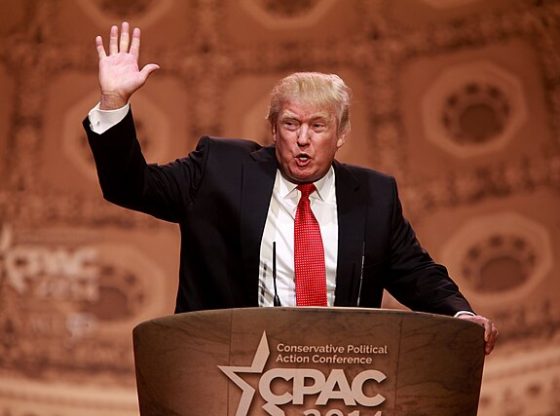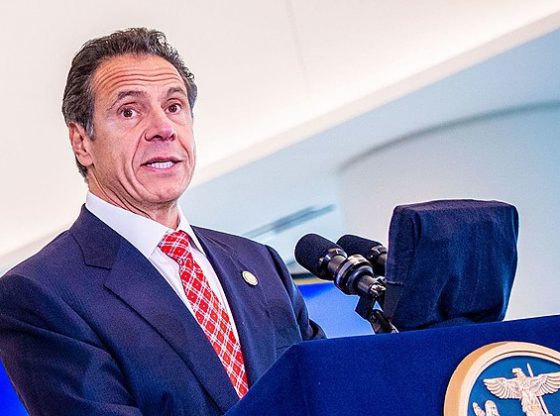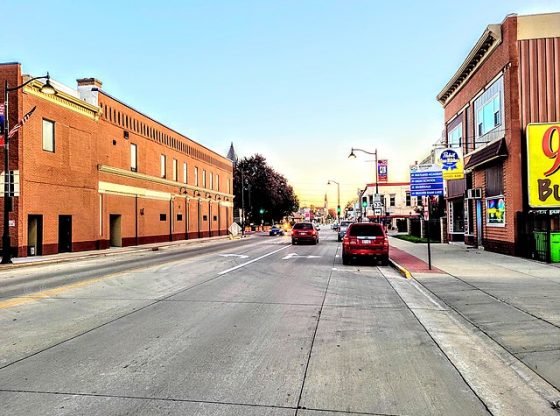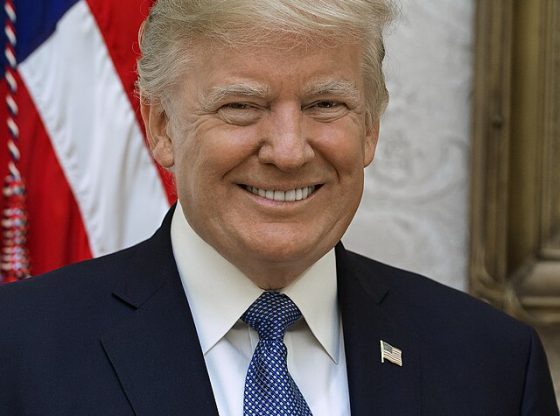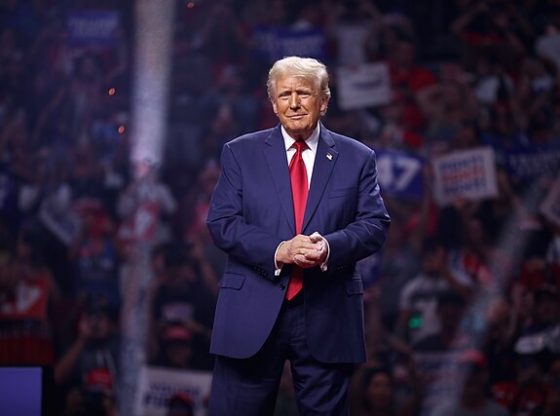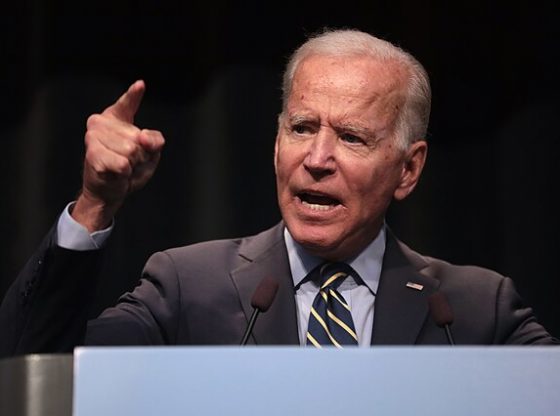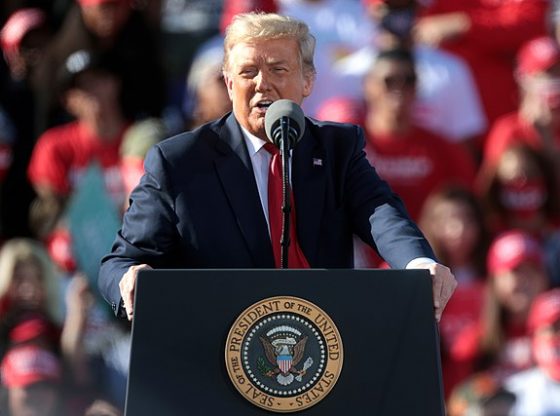Vivek Ramaswamy is currently polling fourth among Republican presidential candidates and, with the Iowa caucus fast approaching, will need to rapidly make up ground for a strong early showing. Yet in early primary contests where candidates are spending big on political advertising, his campaign is so far keeping its powder dry.
The businessman has spent significantly less on political advertisements than his chief political rivals, and has only reserved just over $100,000 on future ad buys, a figure dwarfed by the campaigns of Trump, DeSantis and Haley. While his campaign has instead opted for local engagement in the key early nominating states, Republican operatives in Iowa and New Hampshire warn that time is running out for a major push.
Ramaswamy is polling with 5% support nationally, behind former U.N. Ambassador Nikki Haley at 12.4%, Florida Gov. Ron DeSantis at 12.7% and former President Donald Trump at 60.3%, according to the RealClearPolitics average.
Tricia McLaughlin, Ramaswamy’s campaign spokeswoman, stressed the amount of stops Ramaswamy would be making in Iowa ahead of the Jan. 15 caucus, as well as the campaign’s ground game in both Iowa and New Hampshire.
“Vivek has committed to doing the ‘Full Grassley,’ so the full 99 counties, times two,” McLaughlin told the DCNF.
The term is a reference to Iowa Republican Sen. Chuck Grassley, who makes a trip to all of the state’s 99 counties each year, which the DeSantis campaign finished on Dec. 2.
“We’ll complete the first one by Christmas, and the second one, I think the first week of January,” McLaughlin said. “That’s kind of what Iowa voters demand — to meet the candidates, to ask them questions and make their voices heard, too. He got an apartment out here, and we moved half our staff here, half of our staff in New Hampshire, which is where the game is going to be determined. So, he definitely won’t be outworked.”
Ramaswamy lags far behind his leading GOP opponents in future ad reservations, with only $123,000 booked, accordingto data compiled by AdImpact and published on Dec. 6. Haley has the largest amount in future ad buys with $6.7 million, followed by DeSantis with $4.2 million and Trump with $3 million.
The campaign pledged to allocate as much as $8 million in advertising through the Iowa caucus in early November, as well as $4 million in New Hampshire.
The businessman is also trailing the three in total ad support and reservations with only $7.8 million, compared to DeSantis’ $47.1 million, Trump’s $39.9 million and Haley’s $36.1 million, according to AdImpact.
McLaughlin argued the campaign has a different strategy of advertising than other campaigns, and told the DCNF she expects they will move forward with increased spending on digital and broadcast ads.
“We’re doing everything in chunks, because we’re going to change media strategy as far as paid media based on what the results are looking at. So maybe putting more into broadcast, more into digital depending on how our data is looking,” said McLaughlin.
Ramaswamy was in third nationally in the RCP average between July 16 and Sept. 25, behind only Trump and DeSantis, and in front of Haley, bringing in anywhere from 4.5% to 7.9% support. Since then, Haley has taken over the third place lane, and the gap between her and Ramaswamy has only grown.
Jimmy Centers, a Republican operative in Iowa and presidential campaign veteran, applauded Ramaswamy for his campaign efforts in the state, but told the DCNF “it’s fairly obvious that at this juncture, Mr. Ramaswamy is not going to finish in the top three in Iowa.”
“He started with relatively little, if any, name identification, and quickly, quickly rose. He spent an incredible amount of time here, and did the hard work to build that name identification. And then did a commendable job on the national television circuit to amplify his message, cut through the clutter and raise some issues that caucus goers really cared about,” Centers said. “But, it’s difficult to sustain momentum in politics and in a caucus campaign, and he just hasn’t quite been able to sustain that momentum that he had from the summer and after the first debate.”
In Iowa, Ramaswamy is polling in fourth place with 5% support, according to the RCP average. The businessman was performing best in Iowa in late September with a RCP average of 7.7%, but support for Ramaswamy has since declined.
McLaughlin believes the campaign could “absolutely shatter expectations” on caucus day.
“Around 50% of the people there are either independent, Libertarian, disaffected Democrats or just politically otherwise unaffiliated. So, that’s a huge swath of people who are not being polled,” McLaughlin told the DCNF.
Ramaswamy has been touring the state on his campaign bus, and announced in November he and his family have a “second home” in a rental apartment in Des Moines, Iowa.
The businessman has said he’s recruiting new caucus goers to support his campaign through grassroots events across the state. Ramaswamy recently ran in the Des Moines Turkey Trot on Thanksgiving after making as many as seven campaign stops a day in the week leading up to the holiday, according to local station KCCI 8.
The candidate has 24 events currently scheduled in Iowa for December, ranging from town halls to rallies to voter contacts, according to his campaign website.
Ramaswamy’s campaign has only reserved $162,000 in digital and TV ads in Iowa through the caucus, The Associated Press reported on Nov. 21, citing data from AdImpact.
Between Nov. 28 and Dec. 4, Ramaswamy spent $75,000 on TV and radio advertising in Iowa, compared to $1.6 million on behalf of DeSantis’ campaign, $1.4 for Haley’s efforts and $865,000 to boost Trump, according to Medium Buying.
The candidate has raised a total of $26.6 million during the entirety of his campaign, while spending a total of $22.4 million, according to the Federal Election Commission filings. The businessman has received support from super political action committee (PAC) American Exceptionalism, which the most recent FEC filing available suggests it brought in $505,000 in total receipts during the first part of the year.
In New Hampshire, whose first-in-the-nation primary is on Jan. 23, Ramaswamy has 7% support in the RCP average, but lags behind the other candidates in fifth place. Ramaswamy’s support peaked in late September with 9.3%, but his numbers have largely fallen since.
Ramaswamy’s national political director Brian Swensen, who had been based in New Hampshire, left the campaign last week to work instead for Trump’s reelection bid. The move was expected by the campaign after Mike Biundo joined the campaign as national senior adviser, where McLaughlin said he “largely absorbed most of Brian’s role anyway.”
“It’s not a dent, no, for the campaign by any means. It was kind of a natural progression for both parties,” McLaughlin said.
Dave Carney, a veteran Republican strategist based out of New Hampshire, argued that while Ramaswamy has been investing time and energy in the early primary state, he “just [doesn’t] see a pathway forward for him.”
“He’s out there. He has a loyal group of people who support him, he’s spending money, he does a lot of grassroots, town hall-type forums. He’s all over the state. You can’t say he’s not working hard,” Carney told the DCNF. “But I don’t think, beyond the people that support President Trump and the people who are supporting him, that he has much appeal.”
Ramaswamy will participate in three town halls this month and will host one rally, according to his schedule.
McLaughlin told the DCNF that Ramaswamy has a good chance in New Hampshire due to the state’s large independent electorate, who will be permitted to vote in the primary.
“We’re optimistic about New Hampshire, and I think we will overperform expectations in Iowa, as well,” McLaughlin told the DCNF.
Mary Lou Masters on December 10, 2023




